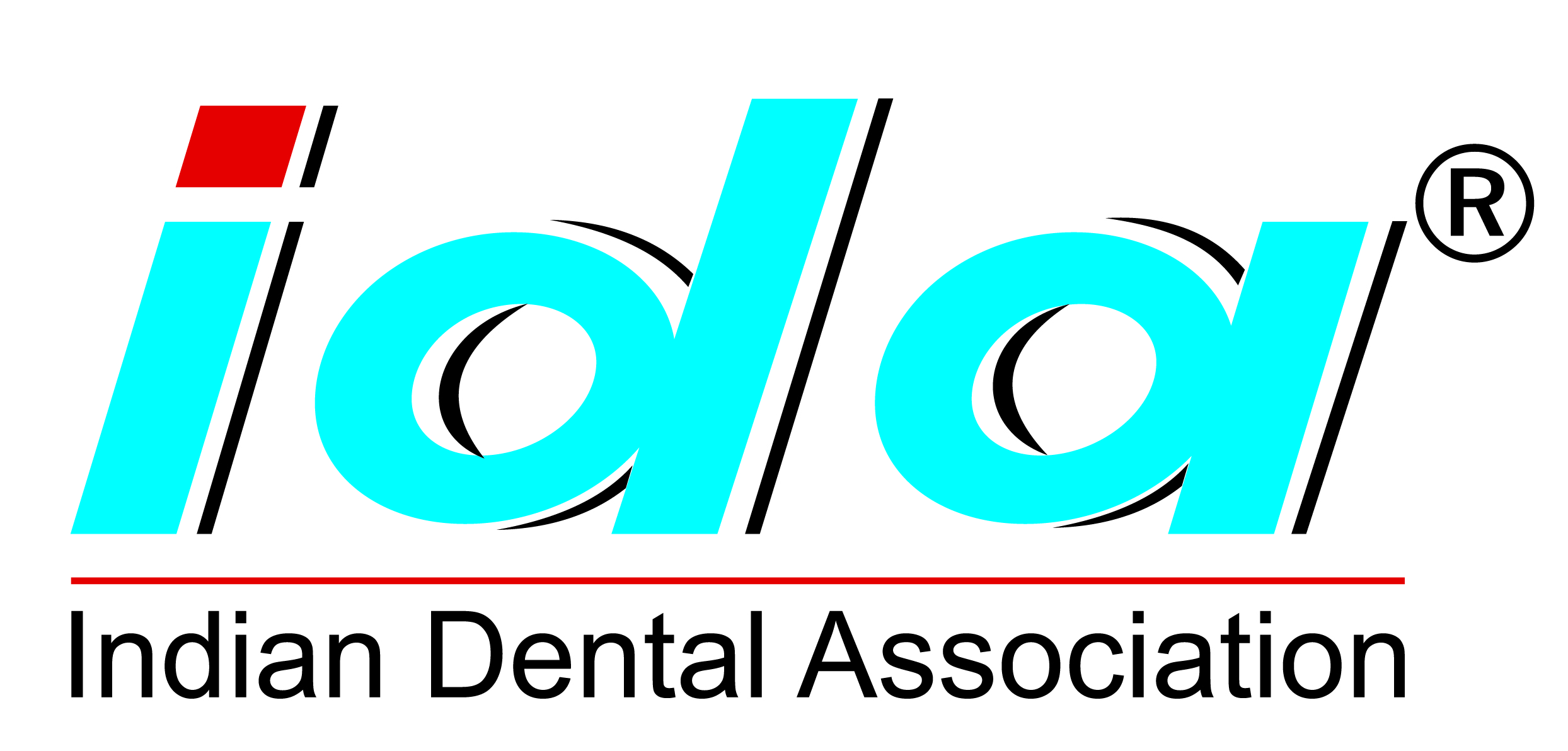|
Local agents that modify Blood Coagulation
|
|
Absorbable Gelatin Sponge
|
Dental packing blocks: 20x20x7
mm; Pow:1g
|
Absorbable gelatin may be cut; may be applied to the bleeding surface
|
W/P: Should not be over- packed in extraction sites or surgical defects because
it may expand to impinge the neighbouring structures
|
May form nidus for infection or abscess formation
|
|
Collagen Haemostat
|
Pads:1x2,3x4
|
Should be applied directly to bleeding surface with pressure;
is more effective when applied dry or may be moistened with sterile saline or thrombin
soln; may be; left in place; it is absorbed after placement
|
W/P: Incidence of pain has been reported to increase when the material is placed
in extraction sockets. Allergic reactions can occur in patients
|
Should not be used in mucous membrane closure as it may interfere with healing due
to mechanical obstruction.
Should not be left in infected or contaminated space because of possible delay in
healing and increased likelihood of abscess formation.
|
|
Oxidized Cellulose
|
Pad: 3x3 in; Pledget: 2x1x1 in; Strip: 18x2, 5x1/2, 36x1/2 in
|
Haemostatic effect is greater when applied dry as opposed to moistened with water
or saline
|
W/P: Extremely friable and difficult to place.
Should not be used at fracture sites because it interferes with bone regeneration.
Should not be used as a surface dressing except for immediate control of haemorrhage
|
May lead to a foreign body reaction.
|
|
Systemic agents that modify Blood Coagulation
|
|
Desmopressin acetate
|
Tab: 0.1mg, 0.2mg
|
Adults: Haemophilia A and Von Willibrand disease 0.3ug /kg I.V. Add 50ml dilent.
Give 30mins preoperatively
|
W/P: Decrease fluid intake in pediatrics and elderly to decrease the risk of water
intoxication and
hyponatremia monitor osmolality. Caution with coronary artery
insufficiency,
hypertensive
cardiovascular diseases, electrolyte imbalance.
For diabetes insipdus, dosage must be adjusted acc to diurnal pattern of response
|
Injection site reaction, headache, nausea, abdominal cramps cue to injections.
Tab: Water intoxication,
hyponatremia,
nausea,
abdominal cramps, increased SGOT.
|
|
Tranaxemic acid
|
Tab: 500mg; Soln:100mg/ml
|
Adult/pead: Immediately before surgery, 10mg/kg I.V.; after surgery, 25mg/kg orally
tid or qid for 2- 8 days
|
W/P: Dose should be reduced for patients with renal impairment
Contraindicated:
in patient with acquired defective color vision and sub- arachnoid hemorrhage
|
Giddiness,
nausea,
vomiting, diarhhoea,
blurred vision, hypotension with I.V. dose.
|
|
Aminocaprioc acid
|
Inj: 250mg/ml; Syr: 1.25g/5ml; Tab: 500mg, 1000mg
|
Adults:I.V. 16-20ml(4-5g) in 250ml diluent during 1st hr then 4ml/hr(1g) in 50 ml
diluent
PO: 5g during 1st hr , then 5ml(syr) or 1g (tabs)per hr. Continue therapy for 8
hrs or until bleeding is controlled.
|
W/P: Avoid haematuria of upper urinary origin due to risk of intra renal obstruction
from glomerular capillary thrombosis.
Avoid rapid infusion, thrombophlebitis can occur
|
Oedema, anaphylactoid
reactions, headache,
bradycardia, hypotension, abdominal pain, nausea vomiting.
|
|
Thrombin
|
Pow:1,000, 5000, 10,000, 20,000 units Pow(with isotonic saline soln): 5,000, 10,000,
20,000 unit containers with 5, 10 and 20 ml of isotonic saline
|
Profuse bleeding(sol):1,000- 2,000 units/ml. for bleeding from skin or mucosa--solution
100 units/ml
|
W/P: Thrombin must not be injected into blood vessels because it might cause serious
or even fatal embolism from extensive intravascular thrombosis
|
Allergic reactions can occur in patients with known sensitivity to bovine material
|





